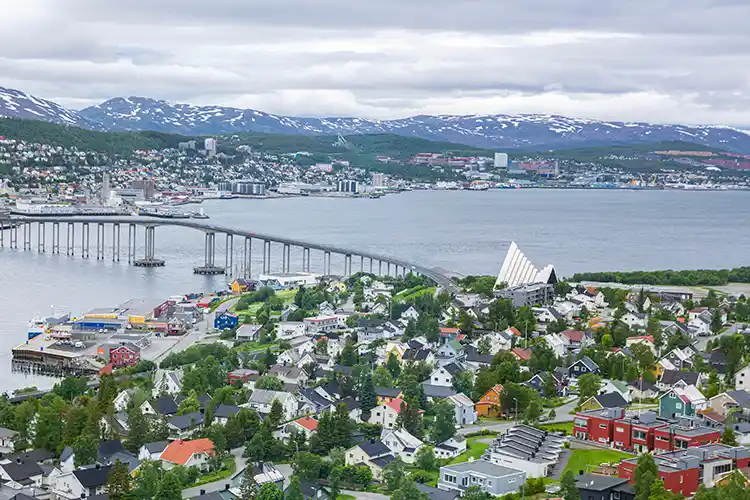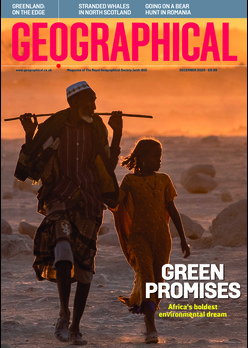
An Arctic resident’s view of the row about Camilla Hempleman-Adams’ trek across Baffin Island


By Robbie Mallett
In his book So You’ve Been Publicly Shamed, Jon Ronson describes the internet waking up each day and selecting one person on whom to focus its collective, latent rage. Recently, that ‘person of the day’ was British adventurer Camilla Hempleman-Adams, who completed a 241 km expedition across an Arctic island that had been inhabited for millennia by indigenous people.
After announcing herself as the first solo woman to perform the feat, Inuit residents reported that the route had been extensively travelled before, with some going further and linking her expedition to colonialism and racism. This type of accusation attracts internet pile-ons, but her case was particularly apt: Hempleman-Adams was not just the child of a well-known ‘explorer’, but also a woman daring to challenge herself in the outdoors.
A perfect storm. Hempleman-Adams is not the first to play into the idea that the polar regions are hostile places, and they are principally to be conquered in record time. A large and lucrative industry now exists to support these expeditions at both poles, where the records available to wealthy holidaymakers are becoming increasingly specific as the sector grows. The first unassisted south-to-north pogo-stick crossing of West Antarctica by a pair in April is still wide open at the time of writing.
As a polar scientist, I’ve been part of several research campaigns to both polar regions. I’ve seen polar bears and penguins from helicopters, skidoos and icebreakers in what would be the adventure of a lifetime for most. But as somebody who lives in the Arctic, my polar trials mostly involve bad flat whites and forgetting my Bag For Life. Adventure and danger is here for those who seek it, but it dominates the media coverage in a way that misleads readers about the true realities of polar existence.
The reporting of these expeditions (both by the media and adventurers themselves) leaves British readers with the impression that the Arctic is remote and empty. The Arctic is not remote: the UK is the Arctic’s ‘nearest neighbour’, being the closest country to the Arctic Circle that lacks Arctic territory. My house in Tromsø is a four-hour direct flight from London Gatwick or Luton, take your pick.

The Arctic is also not empty: there are around five million of us up here. There are more than ten thousand people living on the island crossed by Hempleman-Adams.
This reporting leaves British readers feeling like the environmental changes in the Arctic are also remote. That its winds and ocean currents will not come to British cities and shores. That its shifting, disrupted ecosystems won’t affect British fish stocks or bird populations
Stories of Arctic emptiness encourage the comforting fantasy that the fastest-warming place on Earth is, fortunately, a place where almost nobody lives. It begs the
optimistic question of when ice melts in the Arctic and nobody’s there to see it, and therefore, does it really matter?
But people are here, and have always been here, and we’re watching it melt. That should be the target of the internet’s collective, latent rage




